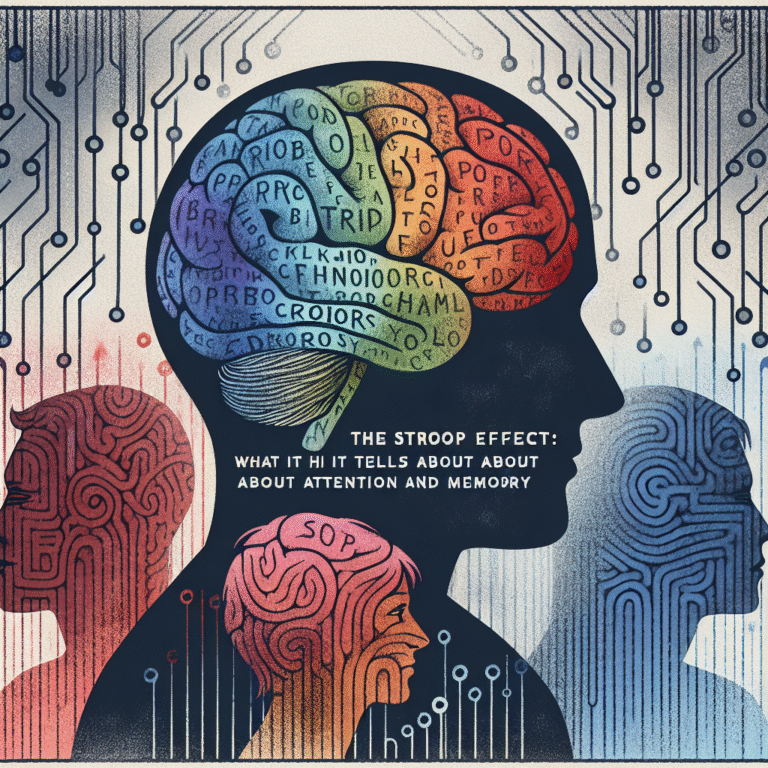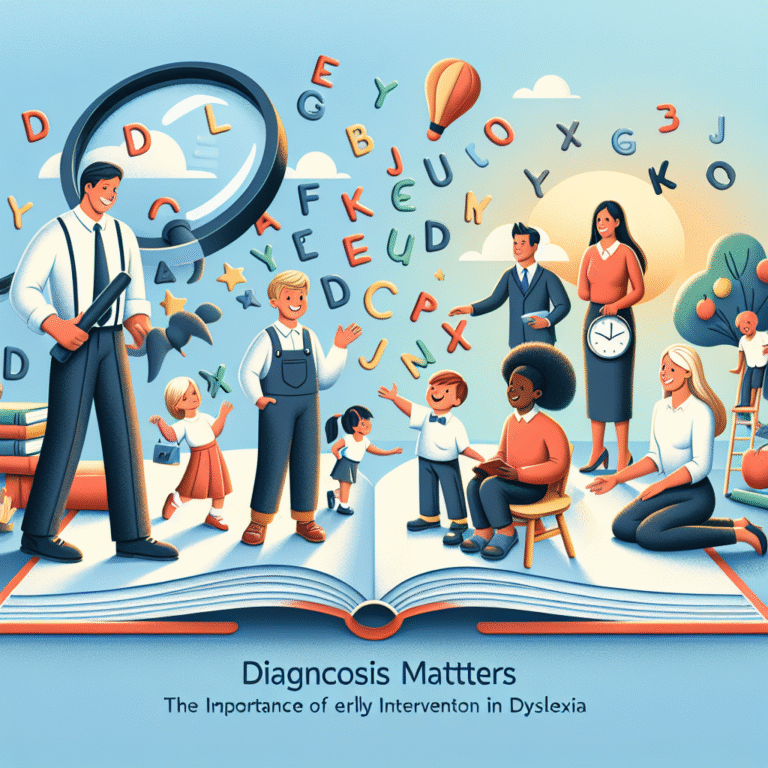
Introduction: The Intriguing World of Perceptual Illusions
Imagine walking through an art gallery, only to find a painting that seems to shimmer and shift as you move. Or consider watching a magician meticulously craft a trick that leaves you questioning the nature of reality itself. This is the enchanting realm of perceptual illusions, where our senses betray us, revealing the limitations and complexities of human perception. Beyond the Eyes: How Perceptual Illusions Challenge Our Understanding is not merely an exploration of the visual tricks of the mind; it is an invitation to delve deeper into how these phenomena affect our reality and cognition.
Understanding perceptual illusions is essential in an era where visual stimuli bombard us daily. Far from being mere curiosities, these illusions serve as windows into the workings of the brain, highlighting the intricate dance between perception and reality. They challenge our understanding, urging us to reconsider what we truly see and how we interpret the world around us.
In this article, we will explore various types of perceptual illusions, their implications in psychology and neuroscience, and their applications in real-world scenarios. Along the way, we’ll uncover case studies that illustrate the profound insights gained from understanding these illusions, ultimately asking the question: What can they teach us about ourselves?
The Nature of Perception
What is Perception?
Perception can be defined as the process through which our brain interprets and organizes sensory information to understand our environment. It is an active process involving complex neural mechanisms that result in our experience of the world. But, how reliable is this process?
The Components of Perception
Perception is not just about seeing; it involves various sensory modalities—sight, sound, touch, taste, and smell. Each of these senses contributes to our understanding and interaction with the world. However, our brain processes this information in ways that can lead to distortions, misunderstandings, or outright illusions.
| Component | Description |
|---|---|
| Sensory Input | Raw data received from the environment (e.g., light waves) |
| Neural Processing | Interpretation of sensory data by the brain |
| Experience | Personal history affecting how sensory information is understood |
Types of Perceptual Illusions
Visual Illusions
Visual illusions are perhaps the most famous type of perceptual illusion. They occur when our eyes receive information that is processed inaccurately by the brain. A classic example is the Müller-Lyer Illusion, where two lines of equal length appear unequal due to the orientation of arrows at their ends.
Case Study: The Müller-Lyer Illusion
In a series of studies conducted by psychologists, participants consistently misjudged the lengths of lines in the Müller-Lyer illusion. This reveals how contextual clues can heavily influence our judgments, challenging our understanding of visual reality.
Auditory Illusions
Auditory illusions demonstrate that our sense of hearing is just as susceptible to misinterpretation. Consider the Shepard Tone, which creates an auditory illusion of a continually ascending pitch, despite the sequence of sounds ultimately returning to the same note.
Case Study: The Shepard Tone
Research in auditory neuroscience demonstrates the Shepard Tone’s impact on listeners’ perceptions. This has implications in music, film, and even communication strategies, revealing how expectations can alter our interpretation of sound.
Tactile Illusions
Tactile illusions involve the sense of touch and can be just as perplexing as visual or auditory illusions. One interesting example is the Phantom Limb Sensation, where individuals who have lost a limb still experience sensations in the absent limb.
Case Study: Phantom Limb Sensation
A study on amputees explored the brain’s plasticity in relation to phantom limb sensations. This phenomenon reveals significant insights into how the brain remaps sensory input and challenges our understanding of body image.
The Neuroscience Behind Illusions
Brain Processing of Sensory Information
Illusions challenge our understanding by illuminating how the brain processes sensory information. Research indicates that what we perceive is often a construct—an interpretation influenced by cognitive biases, previous experiences, and contextual cues.
The Role of Attention
Attention profoundly impacts perception. Many illusions exploit the limitations of our attentional capacity, leading to misjudgments. For example, the Necker Cube presents a two-dimensional perspective that can switch between two three-dimensional interpretations based on where we focus our attention.
Real-World Applications of Perceptual Illusions
In Psychology
Perceptual illusions have broad implications in psychology, particularly in understanding cognitive biases and decision-making processes. Psychologists often use these illusions to study how individuals process information and arrive at conclusions.
In Art and Design
Artists and designers have long leveraged perceptual illusions to create compelling pieces that engage viewers. The way an image is structured can completely alter perception, lending unique experiences to the audience.
In Cognitive Therapy
Understanding perceptual illusions can also assist in therapeutic settings. Cognitive-behavioral therapists may use these principles to help clients understand distorted thinking patterns and work towards more accurate interpretations of their experiences.
Tables and Charts: Understanding Key Concepts
| Type of Illusion | Description | Example |
|---|---|---|
| Visual Illusions | Misinterpretations of sight | Müller-Lyer Illusion |
| Auditory Illusions | Misinterpretations of sound | Shepard Tone |
| Tactile Illusions | Misinterpretations of touch | Phantom Limb Sensation |
| Cognitive Biases | Systematic patterns of deviation from norm | Anchoring Effect |
Conclusion: The Takeaway
Beyond the Eyes: How Perceptual Illusions Challenge Our Understanding encompasses far more than visual tricks. These illusions reveal critical insights into the human mind, challenging us to reconsider the nature of reality and perception. By studying perceptual illusions, we gain an invaluable perspective on cognitive processes, biases, and the intricate mechanisms that underlie our sensory experiences.
As we move forward in a rapidly evolving world dominated by images and sensory stimuli, the lessons drawn from these illusions can equip us to navigate our environments with a more critical eye. Let us embrace the enigma of perception, recognizing that every illusion serves not just to deceive, but to enlighten.
FAQs
1. What are perceptual illusions?
Perceptual illusions are instances where our senses deceive us, leading to a misinterpretation or misunderstanding of the stimuli we experience, ultimately challenging our perception of reality.
2. How do perceptual illusions affect our daily lives?
Perceptual illusions play a significant role in how we interpret various stimuli in our environment, affecting our decision-making, learning processes, and even interpersonal interactions.
3. Are perceptual illusions only visual?
No, perceptual illusions can occur across various sensory modalities, including auditory and tactile sensations. Each type reveals unique insights into how the brain processes information.
4. Can understanding perceptual illusions help in therapy?
Yes! Knowledge of perceptual illusions can aid cognitive-behavioral therapy by helping clients recognize cognitive biases and distortions, leading to improved mental health outcomes.
5. What are some practical applications of studying perceptual illusions?
Studying perceptual illusions can enhance fields such as psychology, art, design, and even technology, providing insights that influence everything from user experience to cognitive therapies.
By paying close attention to how we perceive the world beyond the eyes, we remain open to a myriad of possibilities in understanding ourselves and the intricate web of reality that surrounds us.

















